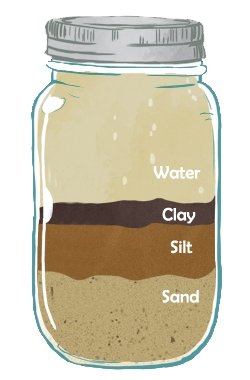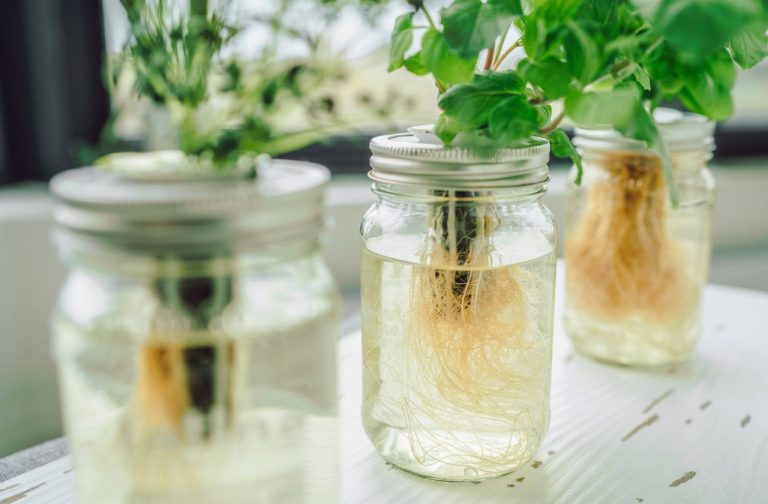Homestead Hack: Check Your Soil Quality
I get commissions for purchases made through links in this post. View our Affiliate Disclaimer.
In order to maximise your crop yield in your homestead vegetable garden, you should use this homestead hack: check your soil quality and least once a year. A good time to perform this test would be just before your main growing season. For most people, this would usually be springtime. Besides soil acidity, the quality of your soil can determine the success of your gardening endeavours.
The test is easy and requires very little in the way of equipment.
Homestead Hack: Check Your Soil Quality
The homestead hack to check your soil quality is very easy to perform. You will require a glass jar, a mason jar will work well. Fill the jar to the halfway mark with soil from your garden where you are going to plant your crops. Top the jar up with water, leaving about an inch of space from the top of the jar.
Close the lid of the jar tightly to avoid leakage. Shake the jar vigorously for at least 5 minutes. This will separate the soil in the water. Set your jar down in a place where it can be left undisturbed for about 24 hours to ensure the layers settle properly.
As the sand settles, you should start to see three distinct layers forming. Once the soil has settled completely, you are ready to analyse the results!

How To Analyse The Soil Test Results
The layers should settle in order of density, with the heavier sand layer being on the bottom. The middle layer will be made up of silt and the top layer of clay.
The ideal ratio of these soil types should be 40% sand at the bottom, 40% silt in the middle and 10% clay. If your soil has this ratio then you are good to go!

How to balance your soil
Modifying your soil to provide a more balanced growing environment for your plants is possible.
A silty soil is comprised of approximately 20% sand, 70% silt and 10% clay. Silty soils are often fertile, but can also become compacted very easily. When silty soil is compacted, it becomes waterlogged and can harden to the point that plants cannot push through it easily.
You can improve silty soil by adding more organic matter in the form of compost and mulch.
For soil that is more on the clay side, you will have problems with poor drainage causing waterlogging and when the soil dries it becomes hard and compact. Experts advise against adding sand to clay soils as it only seems to make the problem worse.
For light clay soils, add more compost, for moderate clay soils, add gravel to improve drainage. If you have a heavy clay soil, you may want to consider gardening in raised beds where you can more easily control the soil.
If your soil is more on the silty side of the scale, around 10% clay, 20% sand, and 70% silt, adjust the silt level by adding more organic matter in the form of compost.
Get more posts like this
Subscribe to our mailing list and get interesting homesteading and green living info and updates to your email inbox.
Thank you for subscribing.
Something went wrong.







